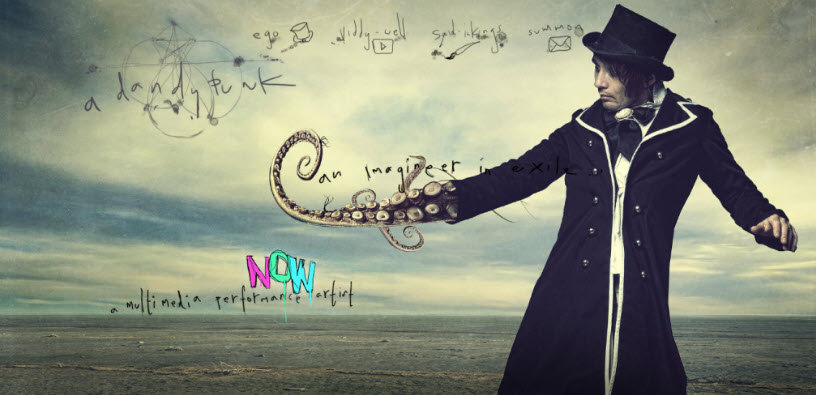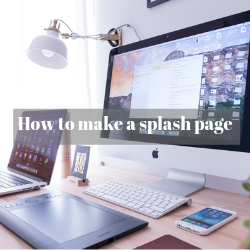How to Make Your Splash Page a Smashing Success

Splash pages are a great way for you to communicate in a deeper, more personal way with your user base. In today’s business landscape, it can be difficult to attract visitors to your page over your competitor’s page. Competition is fierce, and businesses everywhere use design and marketing to create an effective message that resonates with their audience.
As you start to design your website, you might find that adding an extra layer—a splash page—can help you bridge a gap, filling the spaces for anything you feel is missing from a traditional landing page.
In some cases, a splash page can more clearly deliver a message than your homepage can. But in a world where the average attention span is lowering, you need to execute your splash page right to make it a success. Here’s what you should know:
What Is a Splash Page?
It’s important to understand that the splash page isn’t the same as your landing page or homepage. A landing page’s sole purpose is to act a conversion hotspot: with a landing page, you’re seeking to fulfill a goal, whether that goal is to encourage visitors to subscribe or to make a purchase.
A splash page’s purchase is to serve as a creative introduction and is much more personalized. Think of your splash page a welcome screen and teaser for users visiting your page for the first time.
This is what they see before they officially reach your landing page, and it’s a great way for you to set the mood and tone for your site.
As you start to think about how you can create a splash page of your own, you can take a look at how others are executing splash pages to communicate their vision and mission. Use this as inspiration for your personal creative efforts. Take a look at these example splash pages for some ideas.
Two Key Components
There are two key components that need to be integrated into your splash page. The first should be a clear message and purpose for the splash page. The second should be a clear exit that takes them to the actual landing page. These two simple elements are the crux of a splash page, and without both, you’ll most likely have a crappy user experience.
The text should be clear and to the point. Any visitor should be able to read the splash page and take action within just a few seconds. As such, the copy should veer on the short and snappy side. A heading and subheading should easily cover your most basic splash page needs. Graphics and images, a CTA, and bullet points are all helpful to add.
Pay Close Attention to Design
Design is one of the most important aspects of a splash page. Today’s users will spend less than four seconds deciding whether they want to engage further with a page, and your business should capture attention quickly.
Your imagery should be captivating, and your content should be equally as attention-grabbing. There are plenty of splash page templates that make creating a great design easier than ever.
When to Use a Splash Page
While splash pages can be a great feature on your site, not everyone needs them. Determining whether splash pages are for you is a great first step towards making the best decision for you and your site.
One of the best reasons for offering a splash page is if you have multiple types of experiences for the user. For example, Football.com asks visitors if they want to know more about American football or World football.
Their user experience will differ depending on the choices they make. There are other preferences that can be communicated via splash page too, such as languages or currency—ideal for businesses who service multiple worldwide locations.
You can also use a splash page for age verification purposes, which is ideal if your business is centered around delivering age-appropriate content. For example, alcohol-based businesses are required to verify age before users can learn more about the product on the homepage. And lastly, you can use a splash page as a “coming soon” banner if your website is still in its production phase.





Leave a Reply